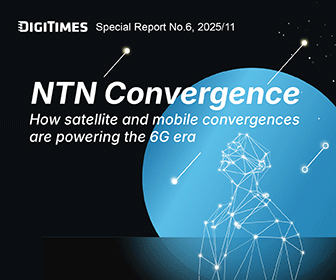The launch and subsequent sales performance of Apple's MR headset Vision Pro has created a certain level of pressure on competitors in the sector. In particular, Samsung Electronics, Apple's rival in countless other electronic products, is looking to respond with its XR device, which is expected to begin production by the end of 2024.
While the Vision Pro received some negative reviews and had a wave of reported returns, it also received many positive reviews praising its groundbreaking technology and unprecedentedness. It also reportedly sold over 200,000 units within the month, a figure that's quite impressive considering the device's US$3500 starting price point.
This success has somewhat created pressure for competitors such as Meta Platforms, the incumbent leader in the XR device sector, and Samsung. Samsung has had a long history of competing with Apple across various product categories, such as smartphones, smartwatches, and tablets. It doesn't want to fall behind Apple in the XR device sector.
In early 2023, Samsung announced it was forming an "XR Alliance" with Google and Qualcomm to develop XR devices. Within this alliance, Samsung will be primarily responsible for hardware development. Google will focus on the software ecosystem, while Qualcomm will lead the R&D for the XR platform's chipset.
South Korea's Hankyung reported that Samsung's Mobile eXperience (MX) division established an XR technology team, referred to as the "Immersion Team," to speed up the XR device's development. Initially comprising only a few individuals when it was established in the second half of 2023, the team has become a team of around a hundred people and consists of elite talents within Samsung.
The original hardware specifications of Samsung's XR device became inferior when the Vision Pro was announced in June 2023. This led Samsung to reassess and comprehensively upgrade its hardware specifications. The plan for Samsung's device included a single-eye 2,000 PPI display and Samsung's Exynos 2200 chipset. In contrast, Vision Pro featured a single-eye 3,386 PPI display and the M2+R1 dual chipset.
In the upgraded version, Samsung's XR device will have Qualcomm's latest Snapdragon XR2+ Gen 2 chipset, which theoretically gives it a better performance than Meta Quest 3's Snapdragon XR2 Gen 2. The device is also expected to support a 90 Hz refresh rate with a single-eye 4.3K resolution or a 120 Hz refresh rate with a single-eye 3.7K resolution. Additionally, it is likely to incorporate multiple sensors to enable functions like eye and facial tracking.
According to the sources cited by Hankyung, Samsung's XR device is expected to be launched before the end of 2024, and there's even speculation that it might be unveiled alongside the new generation of foldable phones, the Galaxy Z Flip 6 and Z Fold 6. Other sources suggest that Samsung plans to produce only 300,000 XR devices in 2024, as the plan to start production in December will limit the production scale.
Other reports pointed out that Samsung expects to position this XR device in the "mid-range" market. Although the specific definition of mid-range remains unclear, its price is expected to fall between Meta Quest 3's US$500 and Vision Pro's US$3500, with the most likely price being US$2000, the rumored price of Meta's Quest Pro 2.




